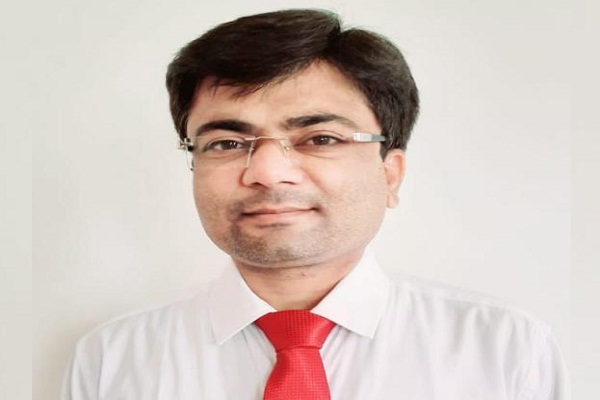
In Reimagining India’s Hospital Infra series, we interview some of the sharpest minds in the Indian hospital segment to explore how swift adoption of cutting-edge design and new-age technologies can build smart, robust and responsive hospitals for 137 crores Indians. In this instalment, eHEALTH’s Mrinmoy Bhattacharjee speaks with Saumil Bhatt, Head for Operations & HR at BAPS Hospital, who put forth his ideas for rebuilding the country’s hospital infrastructure space. Here are the edited excerpts from the interview with Bhatt in first-person account:
Covid-19 Pandemic, Atmanirbhar Bharat: Growth Boosters

Atmanirbhar Bharat is the best arrangement, wherein all Indians come one stride ahead to contribute to the community for curbing this pandemic. While some hospitals have begun to introduce oxygen creation in-house, others have ramped up their availability of beds and ventilators. Similarly, many new small hospitals have been developed for responding to the Covid-19 surge. Besides, many hospitals have redesigned their infrastructure by creating new wards, converting patient rooms in large capacity to be able to admit Covid patients.
Various privately-owned businesses have entered the business of manufacturing PPEs, sanitisers, and sterilization equipment. Indian organizations such as Zydus, Bharat Biotech and Serum Institute has begun the creation of the Coronavirus vaccine and drugs and supplied to various nations.
‘A Case for Big Dose of Public Health Spending’

The community doctors and dentists as well as social healthcare workers, particularly in rural and remote areas, service over 65% of the country’s population. They have a lack of access to basic medical tools, diagnostic equipment and technology, and proper funding and resource support. This must change. There is a pressing need to increase public health spends to be closer to the global average of 6% and focus on preventive care in the primary and secondary sectors.
‘Invest in Community Healthcare Professionals’
The community healthcare professionals or CHPs lack access to the latest in research and medical advancements. While they probably have the best knowledge of health realities on the ground, their inputs are not represented at the decision-making table. India needs to address this gap with periodic training programmes and providing CHPs with access to the latest in technology, research, and medical knowledge to ensure better caregiving at the primary level.
Need for a “Hard Look” in Medical Education
Even as every other industry has embraced globalisation in education, the medical fraternity, bound by regulatory restrictions has been the exception. Unfortunately, this has set India back in medical education for decades, largely relying on theoretical study and graded examinations with little practical application. Policymakers need to take a hard look at this and open up the medical system to foreign collaborations and partnerships, enabling empirical problem solving and hands-on exposure for medical students on the latest in medical science.
‘Epidemic-focussed Disaster Management Programme is Essential’
The Covid-19 is only one of many epidemics we are likely to see in the coming decades. There is an urgent need to establish a separate, long-term disaster management programme with dedicated care centres across the country. India needs to scale up public health services, number of beds and physicians, medical equipment, medicines, and care packages. Alongside, the country must provide our front-line healthcare workers and medics with the requisite intensive training if it really needs to save lives and prevent a catastrophe of this proportion again.
‘Hospitals signing up for Architectural Updates’
The direction of hospital design is taking a turn for pragmatic reasons as a growing number of institutions are updating their infrastructure and responding to demands for more outpatient facilities. Beyond aesthetics, hospitals are seeking architectural updates that improve safety, patient and staff satisfaction and friendliness to the environment. Infection control, lighting conditions, noise level, air quality, and patient room design are just some of the factors that are considered. Preventing infections is probably the most important design feature for patient outcomes like easy-to-clean rooms and easy access to hand gel dispensers. Additionally, providing space for families to stay comfortably in the room is likely to make a difference.
Another trend in hospital design is environmentally friendly structures that take into account the evolving nature of healthcare. Several actions taken by hospitals during this pandemic include restricting visitors, safe and secure entries of the hospitals, etc. We have improved and redesigned with natural lights in the patient’s room. we have kept our patient room’s and washroom’s doors which can be opened on both sides, hence, while patient fall it will be useful to save and approach patients.
Be a part of Elets Collaborative Initiatives. Join Us for Upcoming Events and explore business opportunities. Like us on Facebook , connect with us on LinkedIn and follow us on Twitter , Instagram.












